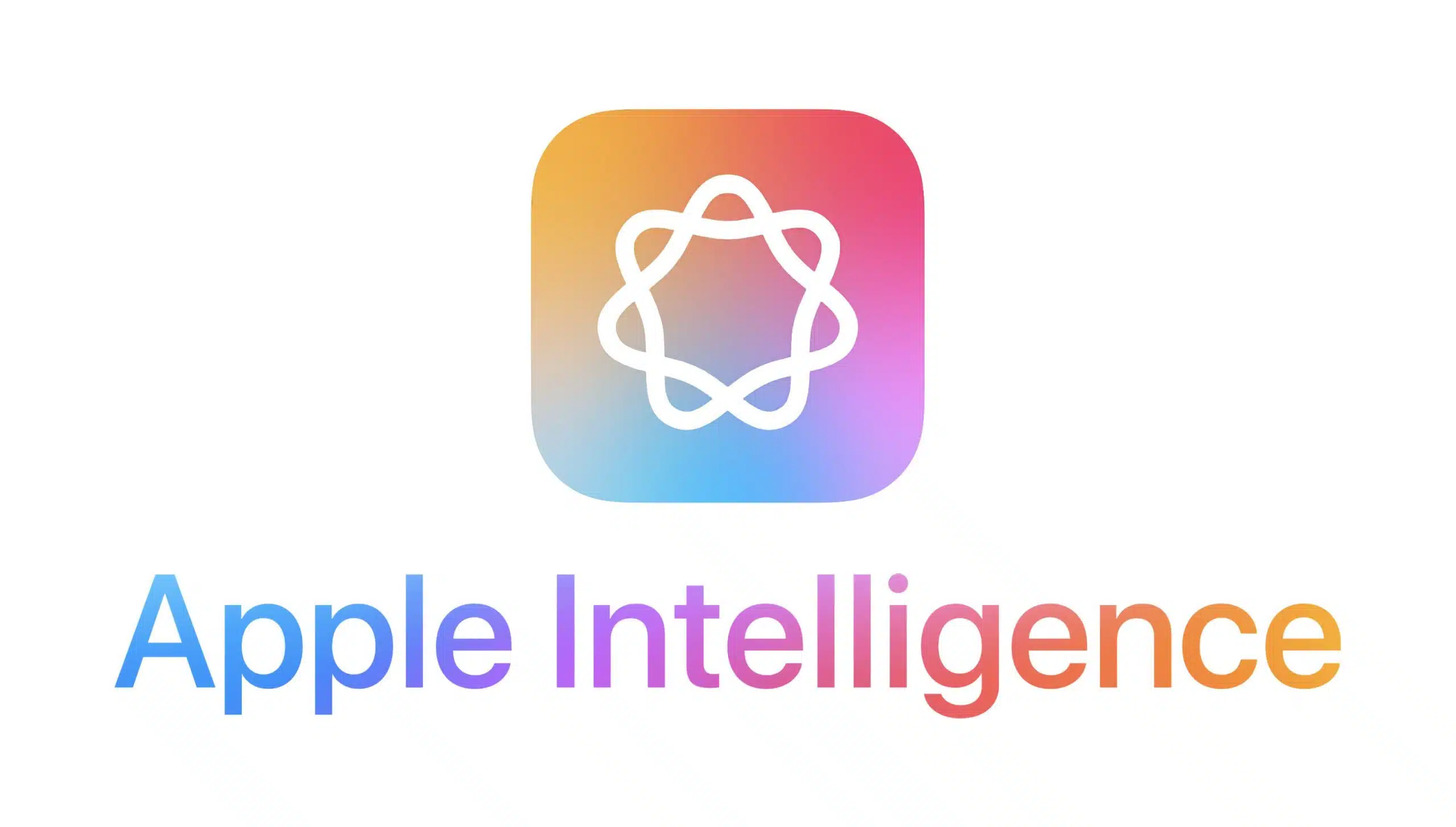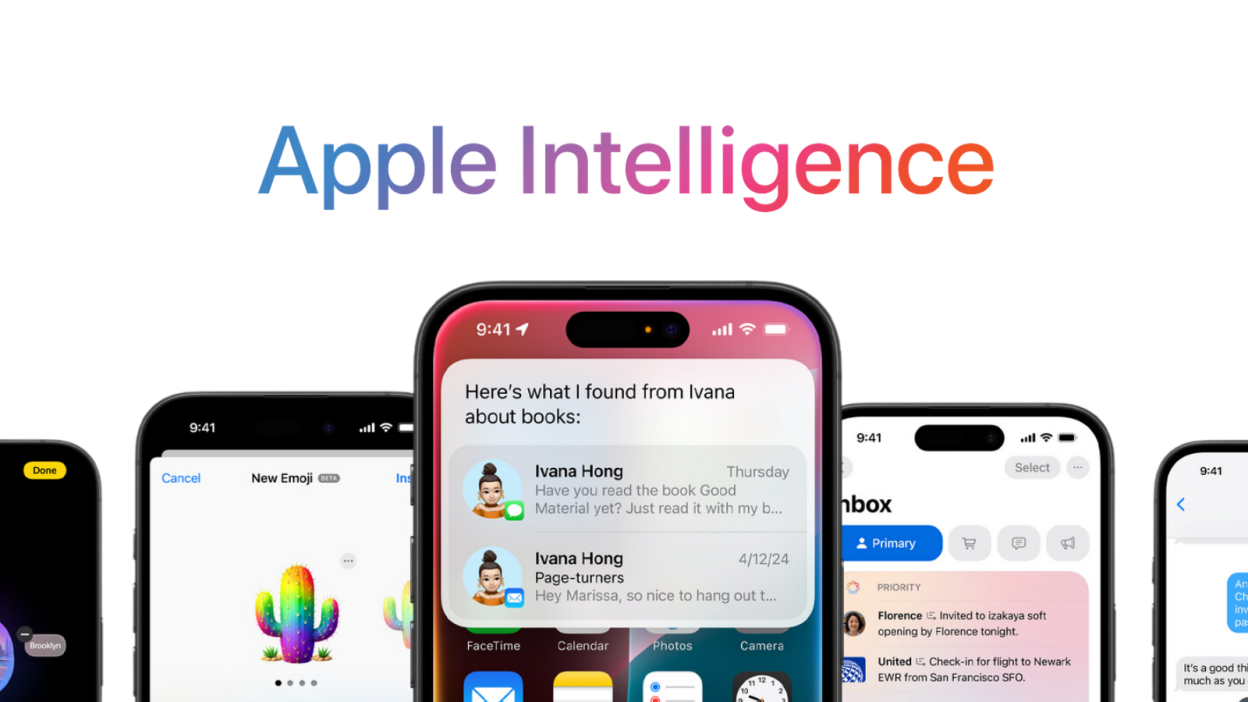Apple is baking generative AI directly into the products people are already using, instead of pushing a standalone chatbot. Called Apple Intelligence, the work ushers in writing assistance, image tools, more intelligent search, and a rebuilt Siri for iPhone, iPad, and Mac — underpinned by privacy and featuring a blend of on‑device and cloud compute.
The approach is classic Apple: Ship pragmatic features, tuck away the machine-learning jargon and make the experience feel native in Messages, Mail, Notes, Photos and other built-in apps. It’s also a competitive retort in the direction of Google, OpenAI and Anthropic — which all have been working toward delivering AI that’s useful in the flow of everyday tasks.

What Apple Intelligence really is
Apple Intelligence isn’t an app. It’s a layer of models and system services that quietly power features throughout the OS. You’ll find it in Writing Tools that can condense emails, change tone, write for you; in Image Playground for quick, stylized visuals; and in Photos for cleanups and smarter search.
Apple’s pitch is convenience ahead of spectacle. Rather than requiring you to learn a new interface, all of this functionality shows up in the places where you already type, edit or share — with a consistent permission and privacy model.
Under the hood: lightweight models and Private Cloud Compute
Unlike frontier systems that centralize almost everything in enormous data centers, Apple trains compact, task-tuned models made to run right on Apple Silicon. Front-end benefits are easy to see: lower latency, better responsiveness, stronger default privacy for common actions such as rewriting a note or generating an emoji-style avatar.
For heavier lifting, Apple Intelligence escalates to Private Cloud Compute — Apple‑operated servers running custom Apple Silicon. According to Apple, these servers provide iPhone‑grade security and do not keep any of the user’s data. Its security white paper outlines a verifiable software stack and hardware attestation that external researchers can assess. The handoff between On‑Device and Cloud is seamless unless you are offline, in which case you won’t be able to complete requests that are remote‑only.
Siri, finally context-aware
Siri is finally getting the feature overhaul users are clamoring for. Now it understands context on‑screen, operates across apps and can chain actions — consider editing a photo and dumping it straight into a message. A new, understated UI animation lets you know when Siri is “listening,” without interrupting what you’re doing.
Apple is also working on deeper “personal context” learning so that Siri can make judgments about your relationships, habits and content. The Information reported that an early build was ridden with errors and too buggy to ship, and that builds were too buggy to ship, which partially explains why Apple is taking a phased approach. Two other additions — for image-based lookups and for real-time conversational translations, Live Translation — round out Siri’s offerings, with wider availability tied in upcoming OS releases.
Writing and images, the Apple way
Writing Tools are embedded system-wide. You can also summarize long threads, shift tone from stodgy to light-hearted or leverage Compose to create an initial draft out of a short prompt. In Mail, it means less triage; in Notes, it changes sketchy bullets into, well, something to read.
Image Playground, on the visual side, generates rapid illustrations in Apple’s house styles. Genmoji allows you to portray a unique emoji for the exact emotion you’re feeling. Image Wand can also ease sketches into cleaner renderings. None of this is going to rival pro-grade studios — Apple is going for “good enough, right now” visuals for messages, decks and documents, not a Game of Thrones episode.

ChatGPT and other model partners
Apple designed Apple Intelligence to handle some common, frequent tasks. For open‑ended queries or creative prompts that push those models to their limits, the system can access third‑party providers — beginning with ChatGPT — on an opt‑in basis.
Siri will prompt before sending a question to ChatGPT, and you can command it specifically using voice. The same feature available in Writing Tools under Compose. Basic use of access is free, although subscribers pay for access to advance features. Apple has indicated that additional providers are on the way; industry reporting suggests that Gemini from Google will be the next one.
For developers: Foundation Models framework
Developers can plug into Apple’s on‑device models using the Foundation Models framework. The aim: allow other apps to create private, offline experiences without racking up cloud fees each time someone taps on a token, or having to build ML pipelines.
Apple’s demo illustrated how a learning app, like Kahoot, could use your Notes to create a personalized quiz — in real time — and your data, they said, never leaves your device. Look for a wave of features that feel “native” to you, because they have the same system affordances, permissions, and performance profile.
Availability, languages, and devices
Apple Intelligence will gradually be spreading to iOS 18, iPadOS 18 and macOS Sequoia. Earliest releases will focus on US English, with further English locales coming later. Apple has laid out the roadmap that will see it support Chinese, French, German, Italian, Japanese, Korean, Portuguese, Spanish and Vietnamese at some point this year.
Device support is intentionally selective. Apple restricts Apple Intelligence to the iPhone 15 Pro and later, and to iPad and Mac models with M‑series chips, which mirrors the compute and memory needed. The tech company’s device compatibility notes also underscore that features are free to use.
Why it matters
Apple’s wager is that smaller and private and tightly woven beats bigger and loud. The approach sacrifices some raw capabilities in exchange for trust, latency and battery life — attributes that count for at least as much when AI goes mainstream in habits not demos.
It has limitations; small models will hand off to the cloud for complex reasoning, and Apple’s most ambitious Siri features are still in the oven. But it the company continues to ship the same reliably private upgrades, Apple Intelligence might become the default way hundreds of millions of people use AI — without needing to open a chatbot.

